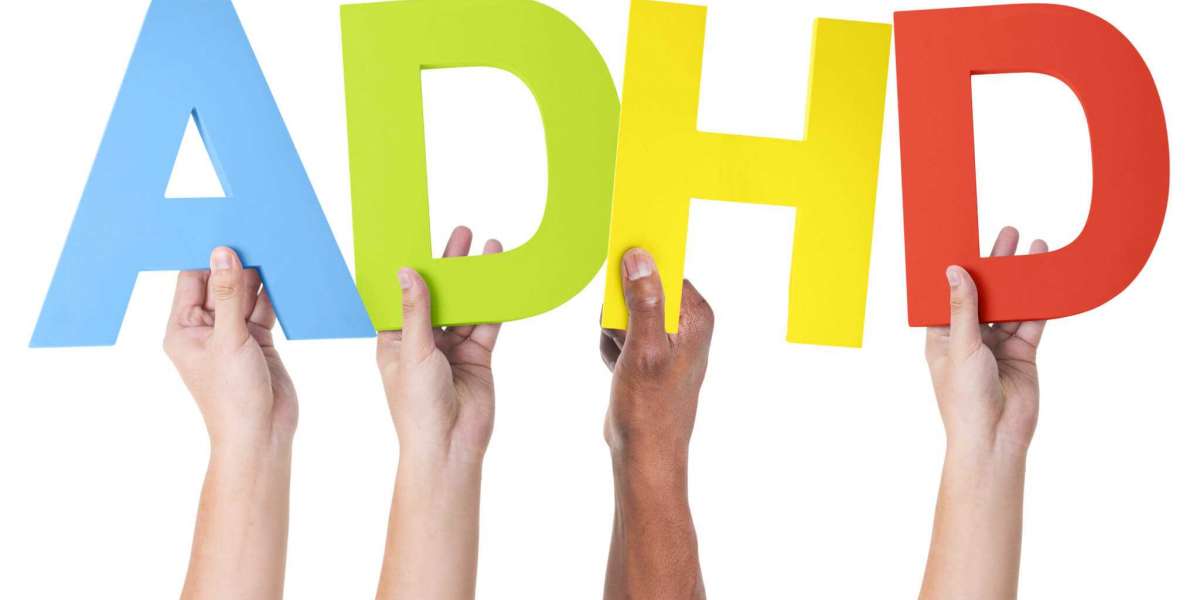Recognizing ADHD and executive function
It may help to understand the background of the disease in order to comprehend why individuals with ADHD may encounter difficulties connected to reading. "Attention-deficit/hyperactivity disorder" is what ADHD stands for. It's typically classified as a neurodevelopmental disorder, or a disorder affecting the way the brain develops in individuals. This is typically the reason why children, whose brains are still developing, exhibit the first indications and symptoms of ADHD. ADHD frequently results in difficulties with executive function. Typically, executive functions involve the following: organizing your activities, restraining your impulses, setting priorities, and reaching deliberate conclusions. Generally speaking, these abilities enable one to work, complete tasks, obey instructions, and interact with others.
Brain Activities
The following three brain activities are frequently crucial to executive functions, according to Harvard's Center on the Developing Child:
Mental adaptability: The capacity of the brain to control focus
Self-control: The capacity of the brain to restrain impulses The brain's capacity to retain knowledge long enough to apply it to activities is known as working memory. According to research, individuals with ADHD typically exhibit abnormalities in the brain regions responsible for these functions. For instance, the prefrontal cortex, a region of the brain that is normally involved in all three of these processes, is frequently a little smaller in children with ADHD.
Dopamine, a neurotransmitter that is generally involved in motivation, pleasure, and movement, may also be processed differently by the brain in people with ADHD.
Several of ADHD's typical symptoms, including the following, may be explained by an understanding of how the disorder impacts executive function:
having trouble focusing for extended periods of time
getting easily sidetracked, even when speaking
Making snap judgments
Finding it difficult to unwind and sit still
Having trouble keeping things organized
talking over other persons or revealing information
Regularly losing items, forgetting things, or losing track of time
Reading difficulties are yet another sign of ADHD. We will examine possible examples of this in the following section.
Reading difficulties linked to ADHD
People with ADHD frequently struggle with reading, and some examples of these difficulties are as follows:
Having difficulties comprehending what you've read in terms of reading comprehension
Having trouble staying still while reading
unable to control internal and external distractions
Rereading material on a regular basis
Having trouble staying interested in a reading assignment before finishing it
Executive function problems could be the cause of these difficulties. For instance, a person with less mental flexibility may be more easily distracted, which could make it more difficult to finish lengthy texts. Long-term reading may be difficult for fidgety and restless ADHD readers, and working memory problems may make it harder for them to remember what they've read. But reading difficulties linked to ADHD might not always result from the disorder itself. People with ADHD may be more likely to have a learning disability, such as dyslexia, which can also lead to difficulties with reading, even if new research may be necessary. Either way, it can be irritating to struggle with reading when you have ADHD. Some people may experience additional side effects as well, such as problems at school or at work or an overall distaste of reading.
Strategies for enhancing reading comprehension in ADHD patients
If you have symptoms of ADHD it difficult for you to read, what can you do? The following tactics might not be perfect answers, but they might be a useful starting point.
Reduce the amount of distractions
Reducing the level of distraction in your reading space can be a significant proactive move. Think about reading in a place that is organized, clean, and clutter-free. You can experiment with white noise, earplugs, or noise-canceling headphones if there's background noise. Setting your phone on silent, turning off notifications, and alerting those around you that you require some uninterrupted time could also be helpful in preparation.
Apply reading strategies
Consider taking notes to help you comprehend the material and remind yourself of what you've read if you have trouble understanding what you've read. Important details should be highlighted or underlined to facilitate future reference. If you are someone who learns material best when spoken to, reading aloud could also be beneficial.
Seek methods to enhance the reading experience.
It may be normal for someone with ADHD to become distracted by dull chores, so think about ways to make your reading more engaging. Look for literature that interest you, if you can. If you don't mind being distracted, think about reading in exciting places like coffee shops or playing some relaxing music. Using fidget toys or reading while walking on a treadmill are some ways to try incorporating movement.
Try other routines and formats.
It's acceptable to experiment with your reading style until you identify a method that suits you. Using an e-reader, listening to audiobooks, or finishing your reading first thing in the morning may all help you better process information. Other ideas to consider include joining a book club, reading in a group, or rewarding yourself.








